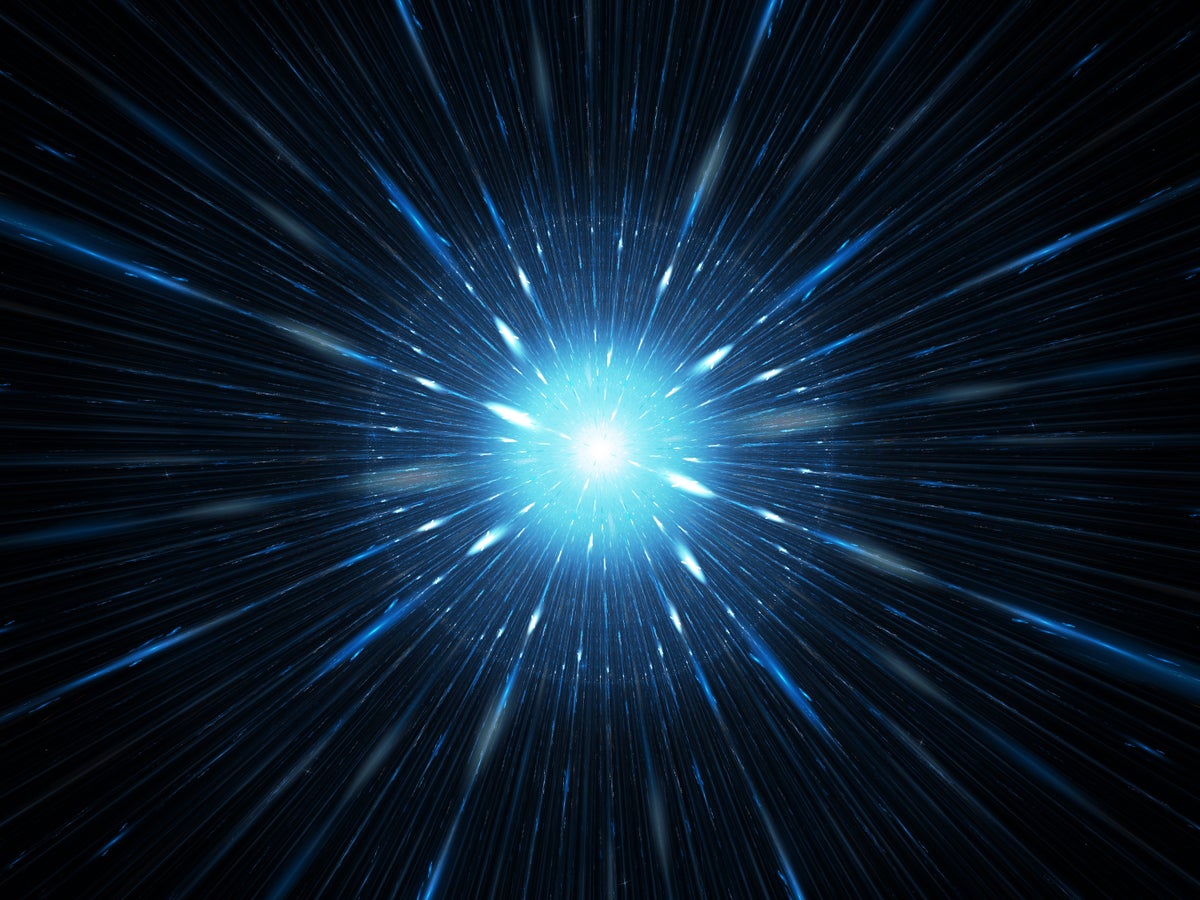
"GRBs are extremely energetic explosions that rank among the most powerful astrophysical events in the universe, so luminous they can be seen from billions of light-years away. They're most commonly caused by either a merging pair of neutron stars or a very massive star ending its life in a supernova called a collapsar; in both of these classical cases, the resulting stellar cataclysm can spit out a giant, tightly focused jet of radiation and particles."
"Even so, we soon realized something very unusual was happening with GRB 250702B. In the roughly half century of GRB studies, no one has ever seen one of these epic events last more than a few hours at most. Yet almost a full day elapsed before GRB 250702B faded away. The most surprising thing about this event is the duration of the emission."
On July 2, 2025, NASA's Fermi Gamma-Ray Space Telescope detected GRB 250702B, a gamma-ray burst with unusually long emission. Gamma-ray bursts are extremely luminous explosions typically produced by neutron star mergers or collapsars, emitting tightly focused jets that appear as bursts when pointed at Earth. GRB 250702B persisted for almost a full day, far exceeding the usual few-hour durations seen in half a century of GRB studies. The event exhibited what appeared to be three distinct pulses across its nearly day-long emission. Follow-up radio observations are underway with the Very Large Array in New Mexico. The duration and apparent repetition challenge existing GRB models.
Read at www.scientificamerican.com
Unable to calculate read time
Collection
[
|
...
]